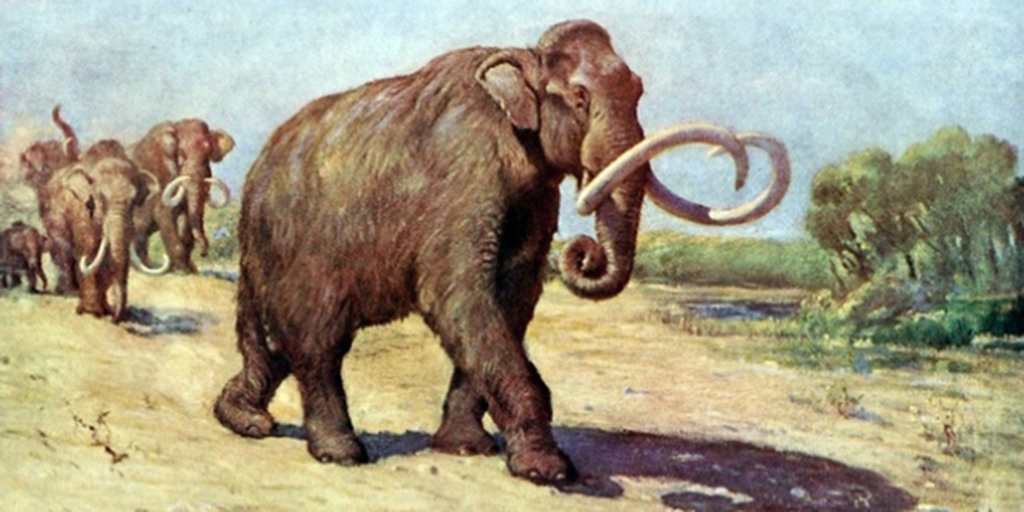New Baylor study: Did a drought — not flood — kill the Waco mammoths?

If you’re one of the tens of thousands of people who visit the Waco Mammoth National Monument every year (even more since its national monument designation in 2015!), you’ve heard the prevailing theory of how the mammoths found here died. For years, scientists have believed it likely that rising waters from the Bosque River flooded the site 65,000 years ago, trapping a nursery herd of mammoths (and perhaps other animals). Unable to climb up the slippery slopes, the mammoths succumbed to the waters and were buried by layers upon layers of sediment.
Since the discovery of these mammoth bones in 1978, Baylor has collaborated with the city of Waco to excavate, study and preserve them. The university’s researchers have generally agreed on the flood theory, but a new hypothesis says quite the opposite: It was not enough water, rather than too much, that led to the mammoths’ demise.
While examining some of the mammoth bones, a team of Baylor scientists (Dr. Steven Driese, a BU geology professor, and doctoral students Don Esker and Logan Wiest) found furrows, cracks, and signs of gnawing — evidence that the bones had dried out from exposure to the sun and that scavengers had picked at their bones. These animals couldn’t have been killed and buried by a flood, the researchers realized. Their bodies had laid out on the surface long before a blanket of sediment was laid over them.
[READ MORE from Scientific American and the Mostly Mammoths blog.]
It’s more likely that a drought killed the mammoths, the team concluded. A drought better explains the lack of infant mammoths in the nursery, as older mammoths would have been traveling long distances to find new water sources. It would also explain why fish, turtle and alligator fossils were also found at the site, which was likely a dried-up body of water.
As of now, their theory is just a theory, but the team is hoping to prove it in the next few years. They are seeking a National Science Foundation grant to further study how these mammoths lived, what they ate, and where they came from. We are one step closer to finding out just what happened to the Waco mammoths and just what Texas was like 65,000 years ago.
Sic ’em, Baylor researchers!

